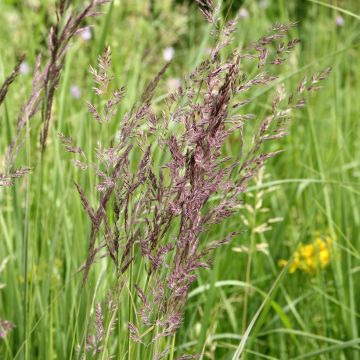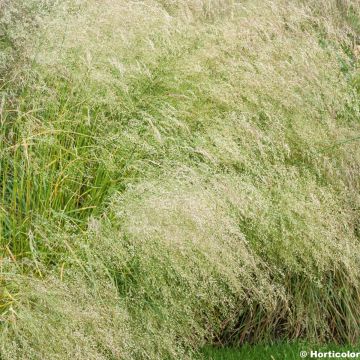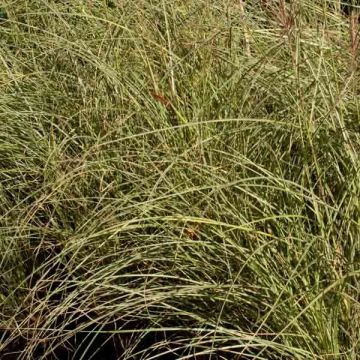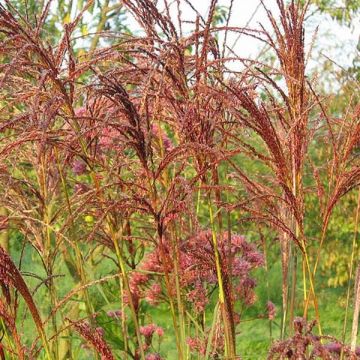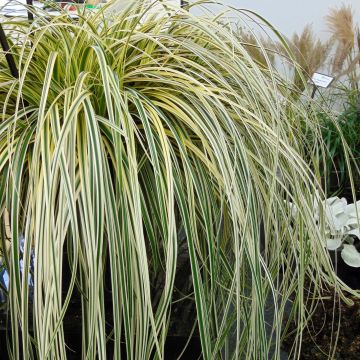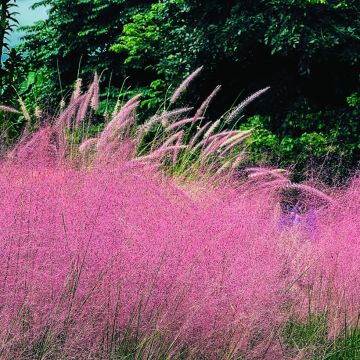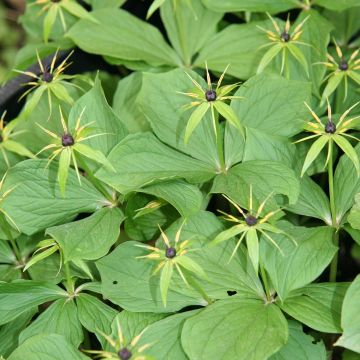Shipping country and language
Your country of residence may be:
Your country of residence is:
For a better user experience on our website, you can select:
Your shipping country:
-
Andorra
-
Austria
-
Belgium
-
Bulgaria
-
Canada
-
Chile
-
Croatia
-
Cyprus
-
Czechia
-
Denmark
-
Estonia
-
Finland
-
France
-
Germany
-
Greece
-
Hungary
-
Iceland
-
Ireland
-
Italy
-
Latvia
-
Lithuania
-
Luxembourg
-
Malta
-
Monaco
-
Netherlands
-
Poland
-
Portugal
-
Romania
-
Slovakia
-
Slovenia
-
Spain
-
Sweden
-
Switzerland
-
United Kingdom
We only deliver seed and bulb products to your country. If you add other products to your basket, they cannot be shipped.
Language:
-
French
-
German
-
Spanish
-
English
-
Italian
My Account
Hello
My wish lists
Log in / Register
Existing customer?
New customer?
Create an account to track your orders, access our customer service and, if you wish, make the most of our upcoming offers.


Setaria palmifolia


Setaria palmifolia
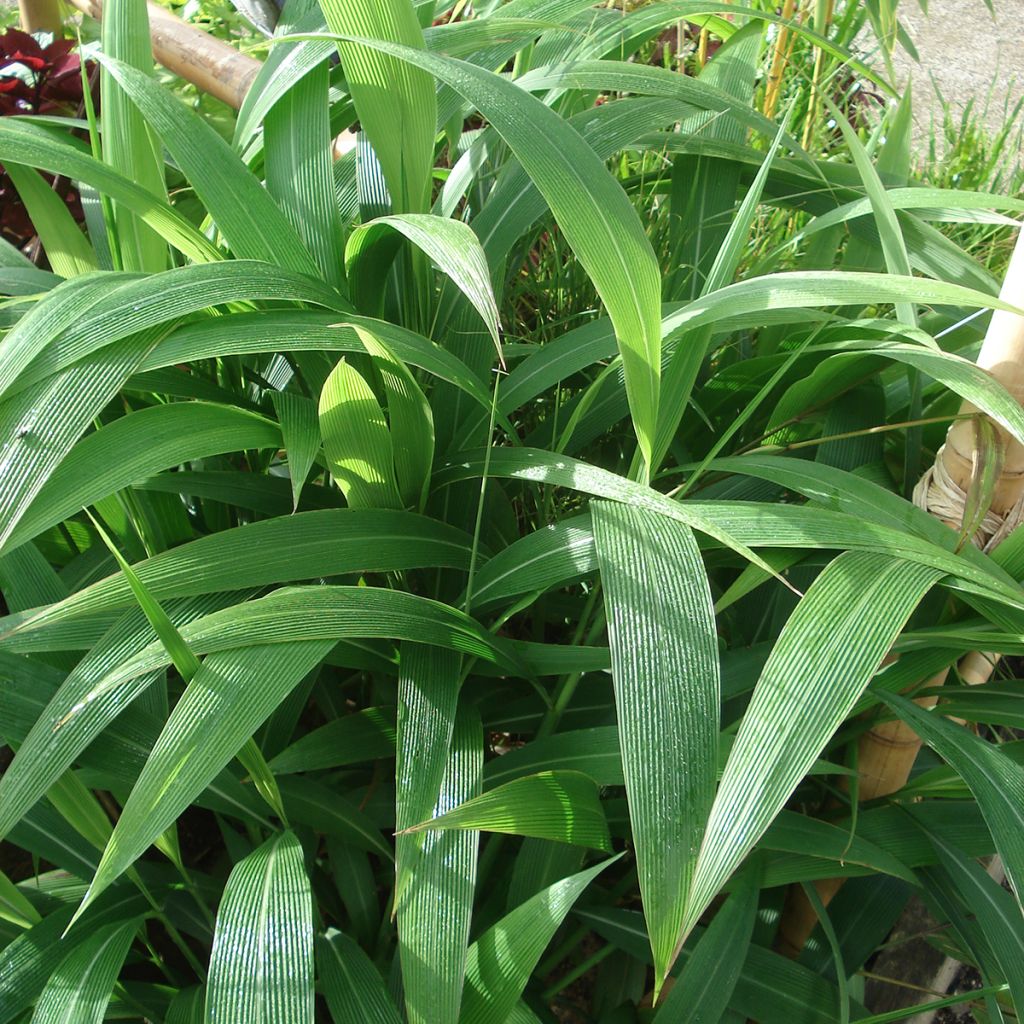

Setaria palmifolia


Setaria palmifolia
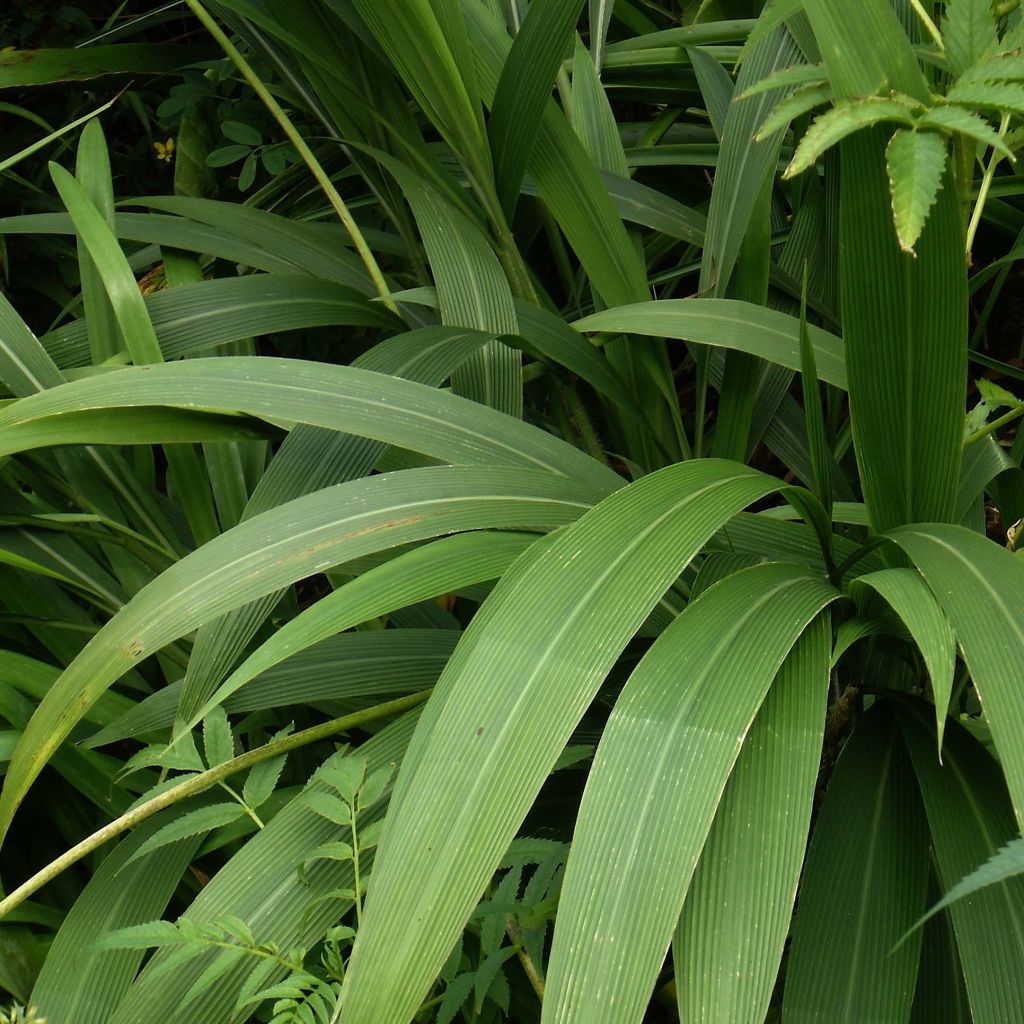

Setaria palmifolia


Setaria palmifolia
Setaria palmifolia
Setaria palmifolia
Highland Pitpit, Palmgrass, Shortawn Foxtail, Knotroot Foxtail
Planted at the end of February, I initially thought that the young plant was dead. It was just in a long period of dormancy. It is in the last week of April that I start to see new shoots, and I am reassured.
Mélanie, 27/04/2022
Order in the next for dispatch today!
Dispatch by letter from €3.90.
Delivery charge from €5.90 Oversize package delivery charge from €6.90.
More information
This item is not available in your country.
Schedule delivery date,
and select date in basket
This plant carries a 12 months recovery warranty
More information
We guarantee the quality of our plants for a full growing cycle, and will replace at our expense any plant that fails to recover under normal climatic and planting conditions.
From €5.90 for pickup delivery and €6.90 for home delivery
Express home delivery from €8.90.

Does this plant fit my garden?
Set up your Plantfit profile →
Description
Setaria palmifolia, or palm-leaved grass, is an extraordinary and relatively rare plant. Its elongated leaves, with a very wide lamina, resemble a miniature palm tree and immediately give an exotic atmosphere to your flower beds! This deciduous plant thrives in moist and rich soils and grows rapidly. Its hardiness is respectable, around -8 to -10°C (17.6 to 14°F) in a sheltered position, but it can also be grown in containers and stored indoors during winter.
Originally from Southeast Asia and introduced in many tropical regions, the palm-leaved setaria is a tall grass (belonging to the vast botanical family of Poaceae) that has been relatively recently cultivated. Its appearance cannot leave anyone indifferent: its stems, initially erect and then slightly leaning as they grow, bear long apple-green leaves with a wide, highly veined and beautifully curved lamina, irresistibly reminiscent of a miniature coconut tree. They can reach a length of 60 cm (24in) with a width of about a dozen centimetres. In its natural habitat, this astonishing plant can exceed 3 m (10ft) in height, but in our climates, it will only reach a height of 1 to 1.20 m (3 to 4ft), with a similar width. The plant forms an arching and opulent shrub, which rapidly spreads, and under very favourable conditions, it could even become somewhat invasive. In winter, it completely disappears unless it is located in hardiness zone 9 and beyond. The flowering is insignificant, with small late yellowish spikes under appropriate climate conditions.
The palm-leaved grass is a demanding plant: to reach its full potential and become truly spectacular, it requires moist, well-drained, and highly fertile soil. Regularly apply well-rotted compost to satisfy its appetite. It can tolerate full sun only if the soil remains consistently moist but thrives in partial shade. Setaria will produce much smaller and less spectacular leaves in soil that is too dry. Despite its subtropical origins, it shows surprisingly strong resistance to cold, and it is thought to be hardy down to -8 to -10°C (17.6 to 14°F), in a protected position, however. A thick layer of dead leaves will help protect it during winter and enrich the soil. If you do not live in a mild area, you can still grow it: reserve a beautiful pot on your terrace or a patio, and you will easily create exotic scenes!
In the ground, opt for lushness by pairing it with Tetrapanax, Gunnera, Schefflera taiwaniana, or Fatsia polycarpa, as well as large ferns such as royal fern, Dryopteris goldieana, and of course tree ferns.
Report an error about the product description
Setaria palmifolia in pictures




Flowering
Foliage
Plant habit
Botanical data
Setaria
palmifolia
Poaceae
Highland Pitpit, Palmgrass, Shortawn Foxtail, Knotroot Foxtail
Southeast Asia
Other Ornemental grasses A to Z
Planting and care
The palm grass is a demanding plant: to reach its full potential and become truly spectacular, it requires a moist but well-drained and very rich soil. Regularly add well-decomposed compost to satisfy its appetite. It can tolerate full sun only if the soil remains consistently moist but thrives in partial shade. The seagrape will produce much smaller and less spectacular leaves in overly dry soil. Despite its subtropical origins, it shows surprising cold resistance. It is said to withstand temperatures down to -8 to -10°C in a protected location. A thick layer of dead leaves will help protect it during winter and enrich the soil. If you don't live in a mild region, you can still plant it, but reserve a beautiful pot on your terrace or patio, and you'll be able to create exotic scenes easily!
Planting period
Intended location
Care
-
, onOrder confirmed
Reply from on Promesse de fleurs
Ornamental grasses
Haven't found what you were looking for?
Hardiness is the lowest winter temperature a plant can endure without suffering serious damage or even dying. However, hardiness is affected by location (a sheltered area, such as a patio), protection (winter cover) and soil type (hardiness is improved by well-drained soil).

Photo Sharing Terms & Conditions
In order to encourage gardeners to interact and share their experiences, Promesse de fleurs offers various media enabling content to be uploaded onto its Site - in particular via the ‘Photo sharing’ module.
The User agrees to refrain from:
- Posting any content that is illegal, prejudicial, insulting, racist, inciteful to hatred, revisionist, contrary to public decency, that infringes on privacy or on the privacy rights of third parties, in particular the publicity rights of persons and goods, intellectual property rights, or the right to privacy.
- Submitting content on behalf of a third party;
- Impersonate the identity of a third party and/or publish any personal information about a third party;
In general, the User undertakes to refrain from any unethical behaviour.
All Content (in particular text, comments, files, images, photos, videos, creative works, etc.), which may be subject to property or intellectual property rights, image or other private rights, shall remain the property of the User, subject to the limited rights granted by the terms of the licence granted by Promesse de fleurs as stated below. Users are at liberty to publish or not to publish such Content on the Site, notably via the ‘Photo Sharing’ facility, and accept that this Content shall be made public and freely accessible, notably on the Internet.
Users further acknowledge, undertake to have ,and guarantee that they hold all necessary rights and permissions to publish such material on the Site, in particular with regard to the legislation in force pertaining to any privacy, property, intellectual property, image, or contractual rights, or rights of any other nature. By publishing such Content on the Site, Users acknowledge accepting full liability as publishers of the Content within the meaning of the law, and grant Promesse de fleurs, free of charge, an inclusive, worldwide licence for the said Content for the entire duration of its publication, including all reproduction, representation, up/downloading, displaying, performing, transmission, and storage rights.
Users also grant permission for their name to be linked to the Content and accept that this link may not always be made available.
By engaging in posting material, Users consent to their Content becoming automatically accessible on the Internet, in particular on other sites and/or blogs and/or web pages of the Promesse de fleurs site, including in particular social pages and the Promesse de fleurs catalogue.
Users may secure the removal of entrusted content free of charge by issuing a simple request via our contact form.
The flowering period indicated on our website applies to countries and regions located in USDA zone 8 (France, the United Kingdom, Ireland, the Netherlands, etc.)
It will vary according to where you live:
- In zones 9 to 10 (Italy, Spain, Greece, etc.), flowering will occur about 2 to 4 weeks earlier.
- In zones 6 to 7 (Germany, Poland, Slovenia, and lower mountainous regions), flowering will be delayed by 2 to 3 weeks.
- In zone 5 (Central Europe, Scandinavia), blooming will be delayed by 3 to 5 weeks.
In temperate climates, pruning of spring-flowering shrubs (forsythia, spireas, etc.) should be done just after flowering.
Pruning of summer-flowering shrubs (Indian Lilac, Perovskia, etc.) can be done in winter or spring.
In cold regions as well as with frost-sensitive plants, avoid pruning too early when severe frosts may still occur.
The planting period indicated on our website applies to countries and regions located in USDA zone 8 (France, United Kingdom, Ireland, Netherlands).
It will vary according to where you live:
- In Mediterranean zones (Marseille, Madrid, Milan, etc.), autumn and winter are the best planting periods.
- In continental zones (Strasbourg, Munich, Vienna, etc.), delay planting by 2 to 3 weeks in spring and bring it forward by 2 to 4 weeks in autumn.
- In mountainous regions (the Alps, Pyrenees, Carpathians, etc.), it is best to plant in late spring (May-June) or late summer (August-September).
The harvesting period indicated on our website applies to countries and regions in USDA zone 8 (France, England, Ireland, the Netherlands).
In colder areas (Scandinavia, Poland, Austria...) fruit and vegetable harvests are likely to be delayed by 3-4 weeks.
In warmer areas (Italy, Spain, Greece, etc.), harvesting will probably take place earlier, depending on weather conditions.
The sowing periods indicated on our website apply to countries and regions within USDA Zone 8 (France, UK, Ireland, Netherlands).
In colder areas (Scandinavia, Poland, Austria...), delay any outdoor sowing by 3-4 weeks, or sow under glass.
In warmer climes (Italy, Spain, Greece, etc.), bring outdoor sowing forward by a few weeks.
